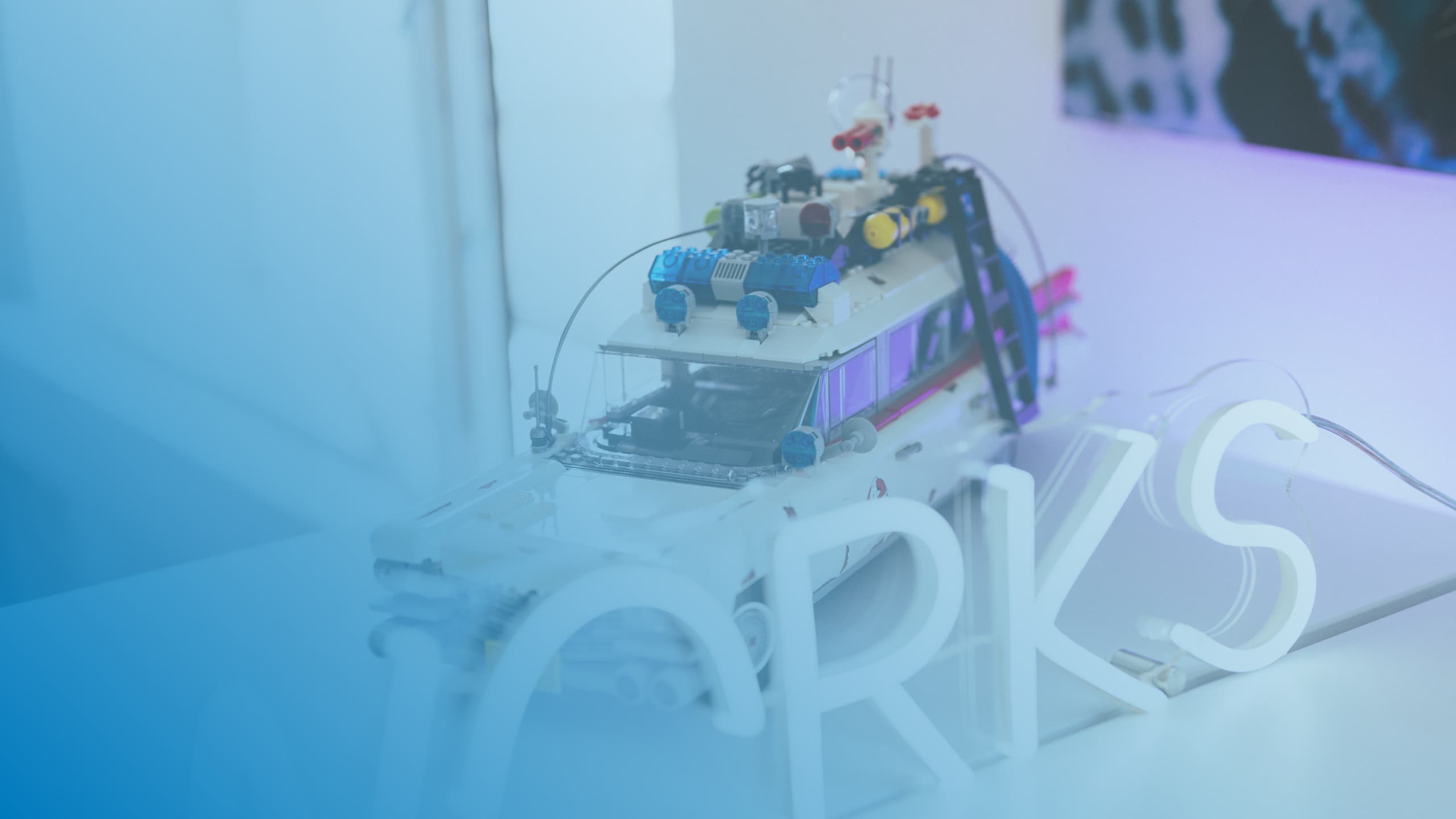Collaborate efficiently from the home office with Google Workspace

The new year begins as the old one ended: with a commitment to work from the home office where possible. Despite the experience that employees and companies have gained with this over the past few months, not everything is running smoothly yet. But with Google Workspace, companies can lay the foundation for much better collaboration with little effort.
A study by the outplacement service provider Rundstedt shows that there is a need for this. According to the study, the vast majority of the companies surveyed did not introduce smart working during the pandemic, but teleworking. "They are still working in the same structures, processes and methods and have merely moved the same work processes that used to take place in the office to a remote location (the home office)," it says. In addition, they often see smart working as a necessity rather than a choice and do not support their employees sufficiently, for example, in terms of IT infrastructure. There are no significant differences between the various sectors.
Flexibility - a must for successful work
Indeed, establishing smart working, which involves working from anywhere in the world, is a process. However, by recognising and accepting the need for it and taking simple steps to implement it, it can quickly become second nature, as Google put it in the Workspace Handbook in relation to the hybrid-first mindset. It is important to understand that hybrid working involves more than just the place of work. It is about staying connected with colleagues, managing time and attention, and using the right technology so that everyone can fulfil their potential. Accordingly, smart, flexible technology that includes both hardware and software to seamlessly connect teams is an essential part of the strategy for success. The second point: create an inspiring and inclusive work environment and rethink the office for hybrid work. Last but not least, best practices should be established that promote a "hybrid-first" way of thinking. As far as tools are concerned, it is important that they are flexible enough to support both real-time and asynchronous hybrid collaboration. The ability to move seamlessly between communication modes - such as jumping between a shared document in a chat room and a video call with one click - is critical, he said. Google Workspace, with which Google has focused on anywhere, anytime collaboration for more than a decade, enables just that.
Useful features of Google Workspace
For example, a team can create a project plan in a shared document and use Mentions to link people involved, relevant content and events. All participants can exchange information via special chats in which group discussions can take place or via the video communication service Google Meet. These can be recurring meetings as well as one-off gatherings. Google Meet and the Meet hardware include many features that support hybrid work. Occupancy detection, voice-activated control and TrueVoice noise cancellation technology are a few examples. In addition, Google Calendar supports planning. Sheets and slides help with presentations, and Jamboard as an interactive whiteboard takes brainstorming to a new level. The result is an effective, creative and pleasant workplace that improves productivity and creativity, strengthens connection and belonging, and promotes health and well-being.
IT partner provides technical support
To get the most out of Google Workspace, proper planning, expert implementation and ongoing optimisation make sense. Companies from all industries can rely on StackWorks for this. Services such as the Cloud Assessment, the Google Workspace Audit, the Google Workspace Migration and training courses ensure sustainable use beyond the home office obligation - with minimal strain on the company's own resources. The "ISG Provider Lens™ Public Cloud - Services & Solutions Report Switzerland 2021" by the market research and consulting company Information Services Group confirms that this approach is in tune with the times. It not only confirms that companies in Switzerland are turning to the cloud to enable their employees to work from home during the current pandemic, but also that they are looking for cloud service providers who can help them manage multi-cloud environments and who have well-established partnerships with the major providers. They are also turning to cloud consulting and transformation service providers to help them effectively leverage modern cloud-native technologies and manage the cultural change required for digital transformation.
This step towards smart working is both pragmatic and purposeful. It has proven to have a positive impact on efficiency and quality. According to the Rundstedt study, more than 75 per cent of respondents see no loss of efficiency and 80 per cent no loss of quality. About 37 per cent even see a clear increase in productivity, 22 per cent an increase in quality. Furthermore, it is a fact: Smart Working will remain in the future and we will accompany you on your way, so that you have your back free to dedicate yourself to your core business - no matter where the framework conditions develop.

%2520(1).jpeg)





